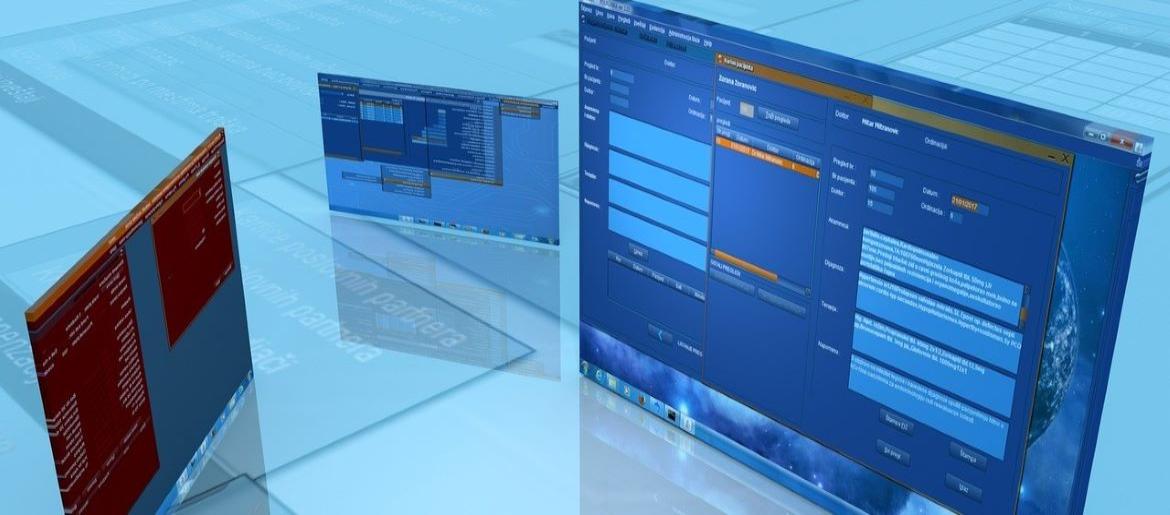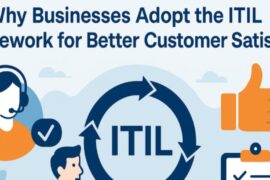How to Measure the Success of Reengineered Software
You can refactor everything, move to microservices, even hit every sprint goal and still end up with a system that nobody wants to use or a product that’s too complex to maintain. So the real question is: did the modernization actually make things better?
“After 18 years in development and modernization software, I’ve learned that only about 60% of them fail for purely technical reasons. The rest fail because no one measured what ‘better’ actually meant. Success is reduced downtime, faster releases, and teams who finally stop dreading deployments” – Andrew Lychuk, co-founder of Corsac Technologies.
Successful software modernization cannot be measured by one factor since it’s not only about the code quality or business impact. There are countless metrics to be applied to check whether the application has been successfully reengineered. This post breaks them down by three angles: project-related, impact on customer, and tech quality.
Project-Specific Metrics
This is the boring but essential part. You need to know whether the team managed to reengineer without breaking the world. Start simple:
Delivery vs. plan. Did you stay somewhat close to your original timeline, or did the legacy codebase fight back harder than expected?
Budget drift. It’s rare for modernization to go exactly as planned. But how far off were you, and why? That “why” often tells more than the number itself.
Team flow. Was the velocity improving over time? If the team started slow but gained rhythm as they learned the old system, that’s a good sign.
Defect churn. Every software reengineering digs up hidden bugs. How quickly were they fixed, and did new ones appear right after release?
These things won’t tell you if users are happy, but they’ll show how solid your process was and whether the foundation you built on is stable enough to grow from.
Code and Product Quality
Now we get to the guts of it. You reengineered the system, great. But is it actually better? A few honest ways to check:
Is the code readable without a guide? If a new developer can open it and understand what’s happening without cursing, you’re in a better place than before.
Performance. Did response times improve? Does the system handle more users, more data, more chaos? Benchmarks don’t lie.
Security. Modernization that doesn’t close the holes in data security and doesn’t make the system resistant to attacks is just decoration.
Scalability. Could the system operate under doubled traffic tomorrow without you having to rewrite half the system again?
User feedback. People notice when something gets faster or stops breaking. Listen to that.
If your system runs smoother, your team can maintain it without fear, and your users quietly stop complaining that’s real success.
Business and User Impact
Here’s where everything either makes sense or falls apart. You can modernize beautifully on paper, with shiny architecture, spotless code reviews, even delighted developers, but if the business doesn’t feel the difference, it’s just an expensive technical exercise.
“The funny part is, from my experience, is that the biggest signs of success often go unnoticed. People stop talking about the old system. Support teams have fewer urgent calls. New hires don’t complain about setup. Everything just… works better”. – Igor Omelianchuk, CEO of Corsac Technologies.
So how do you tell if the reengineering worked in real life? Start with the basics:
Operational costs. Is it cheaper (or at least easier) to run now? Maybe fewer manual fixes, less downtime, smaller maintenance bills.
Speed of change. Can your team roll out new features faster? If you can ship in weeks what used to take months, that’s a tangible win.
Customer retention or satisfaction. You’ll feel this in the data. Fewer complaints, higher usage, fewer tickets about things just “not working.”
Innovation readiness. This one’s harder to measure, but it’s real. Does the new system make it easier to integrate new tools, experiment, try something different without fear of collapse?
Wrapping up, modernization success can’t be captured by a single metric or dashboard. This is a sum of project, code quality and user factors. Corsac team has seen this patterns through decades of experience in software modernization. When systems scale effortlessly and teams move from firefighting to forward-thinking, that’s when modernization truly proves its value.































